SUMMARY
This is AI generated summarization, which may have errors. For context, always refer to the full article.
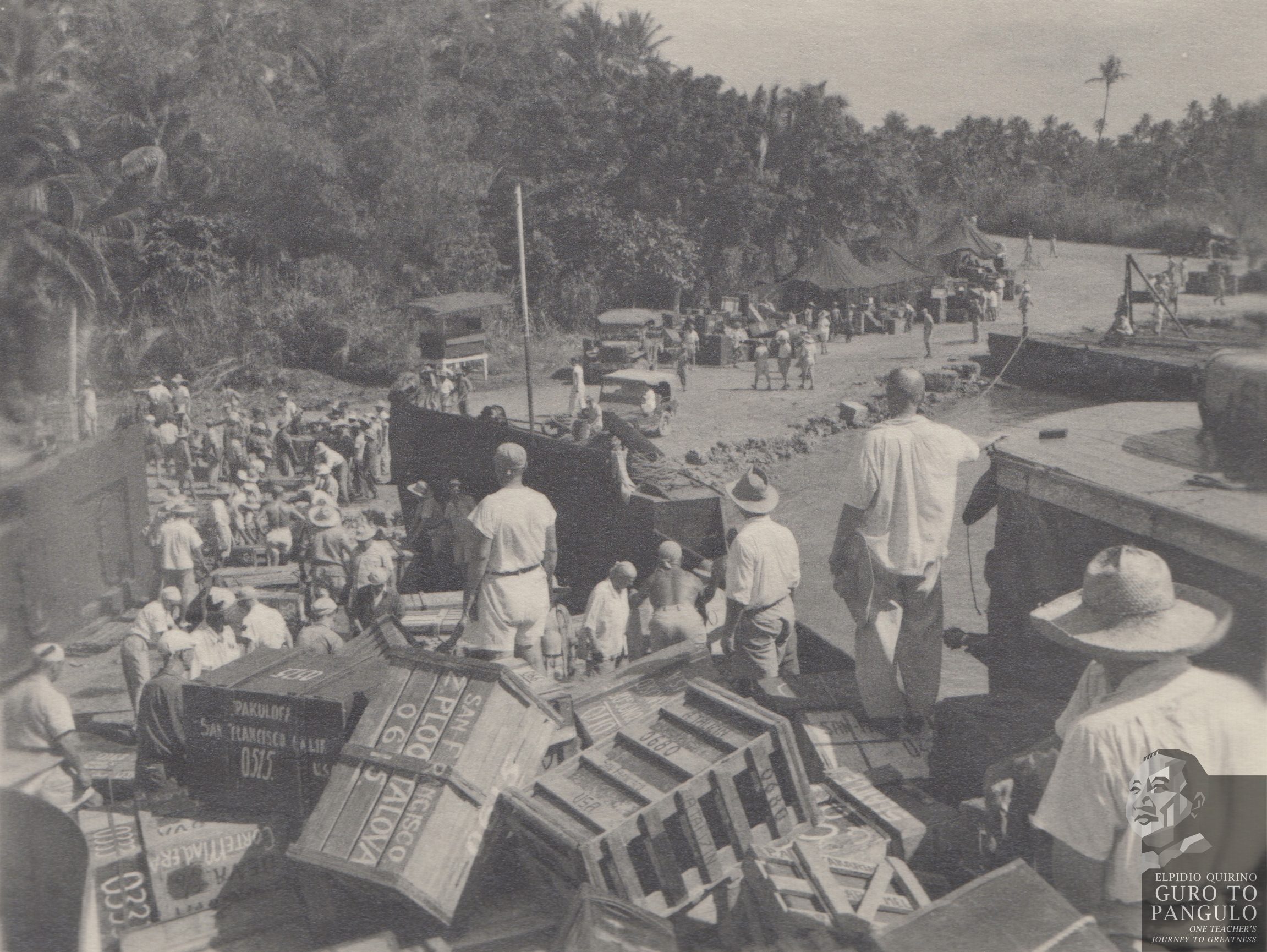
MANILA, Philippines – “We were happy that we were safe. This was the safety that was most important, and the optimism that things will get better.”
Kyra Tatarinoff was among 6,000 anti-communist so-called White Russian refugees the Philippines welcomed into its shores in 1949. After fleeing Russia for China, they again had to seek refuge when the Maoist revolutionary army was about to take over Shanghai. Of all the countries in the world, only the Philippines accepted them.
Now, the former refugees and their children express gratitude to the Philippines for hosting them in Tubabao Island in Guiuan, Eastern Samar, from 1949 to 1951. (READ: PH a ‘paradise’ for grateful White Russian refugees)
“Having the opportunity to go to the Philippines, being accepted there, we are grateful to the people, to the government, for letting us. We think of Tubabao a lot, especially those who were teenagers then. They have a very special place in their hearts for Tubabao,” Tatarinoff said.
What was life like for these Russian refugees in Tubabao? In commemoration of World Refugee Day on Saturday, June 20, Rappler is posting never before seen photos of the White Russians in Guiuan.
The Quirino Foundation obtained these to mark the 125th birth anniversary of President Elpidio Quirino, who opened the Philippines’ doors to the refugees, and visited them in the Tubabao camp.
After a grueling odyssey from Shanghai, the White Russians found a temporary home in Guiuan. Far from the persecution they experienced in Russia, they enjoyed the beach of Tubabao, organized cultural presentations, and experienced the world-renowned hospitality of Filipinos. (READ: TIMELINE: Philippine laws and policies on refugees)
Here are the photos of the White Russians in Tubabao. We are posting them with captions and permission from the Quirino Foundation.
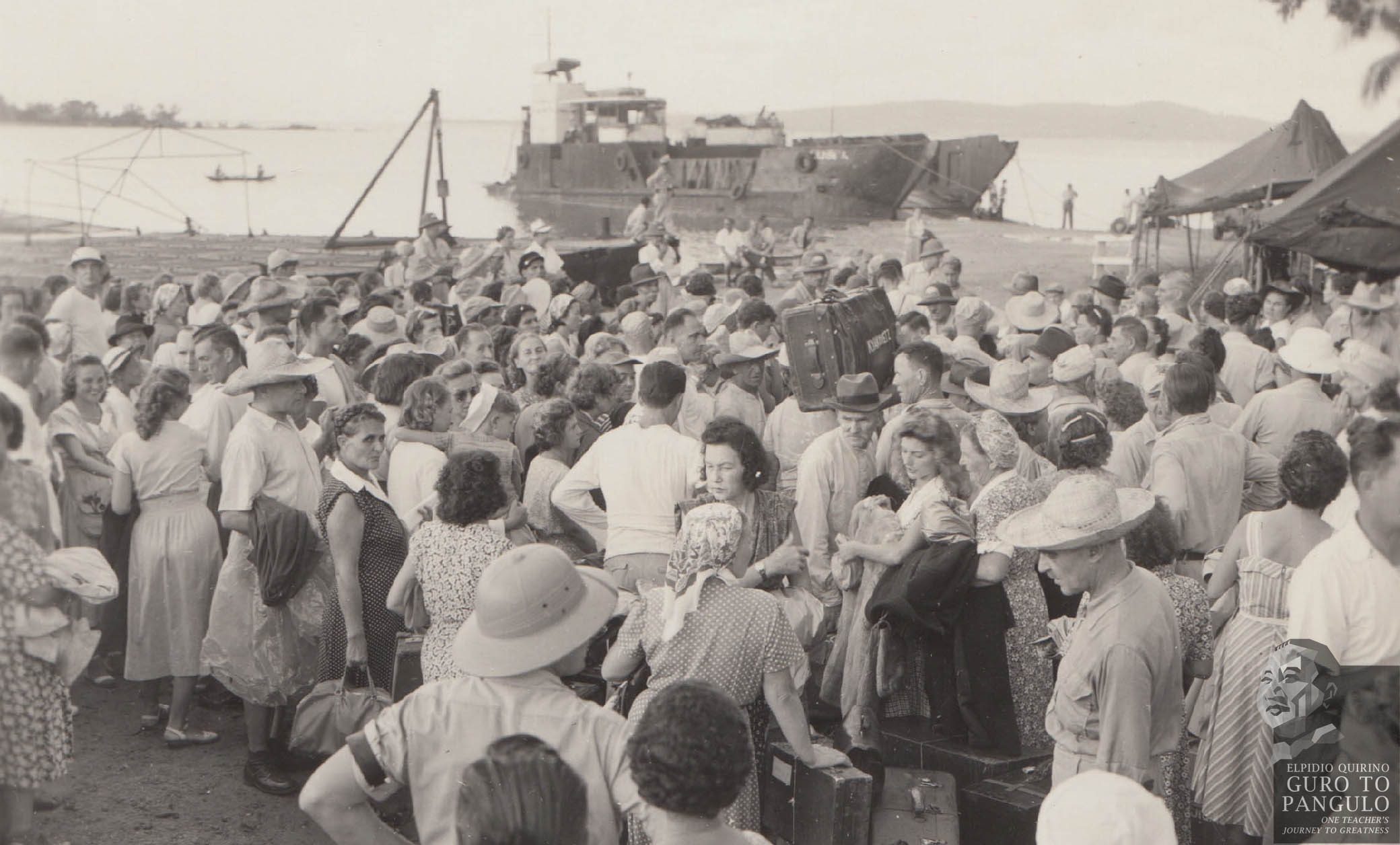
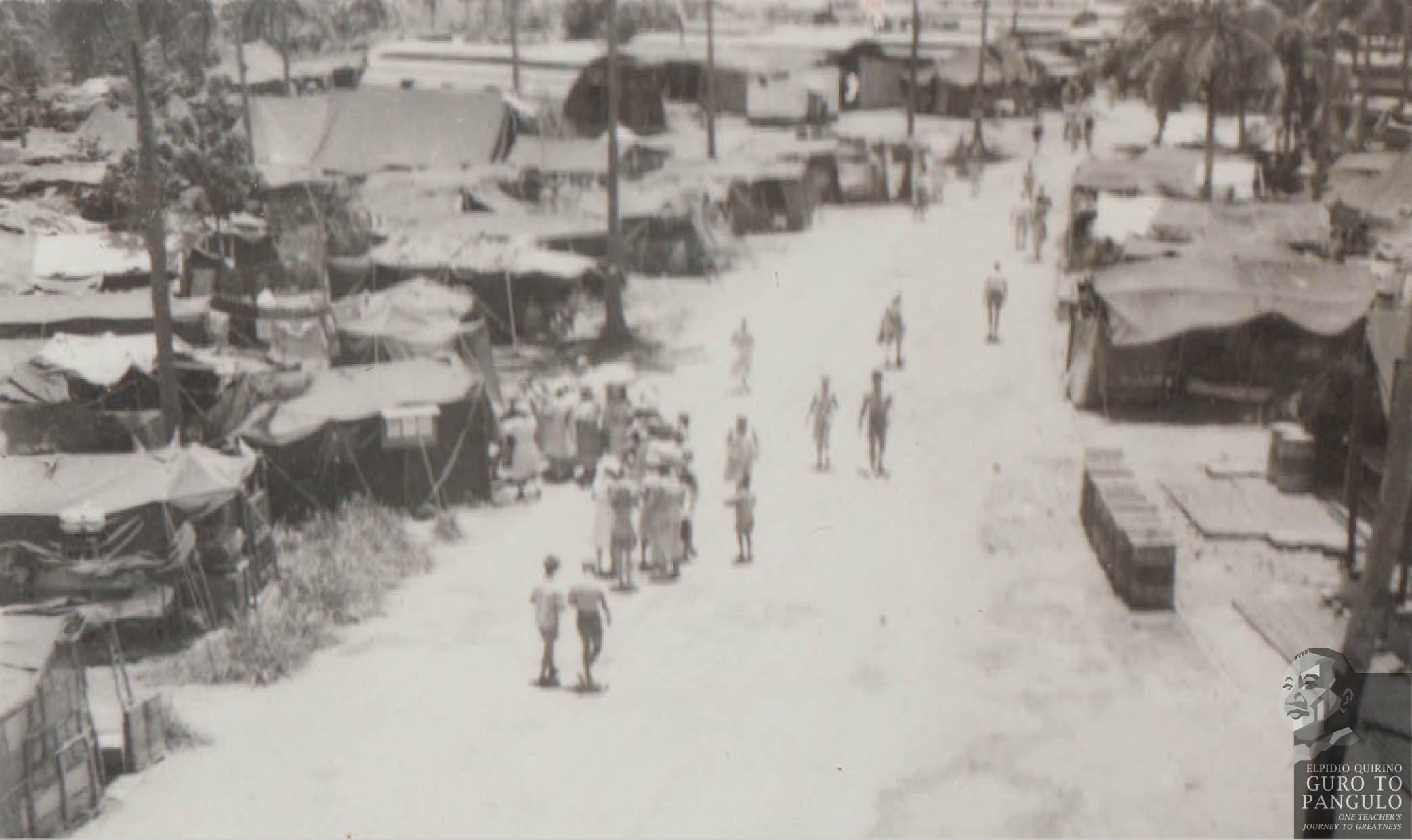
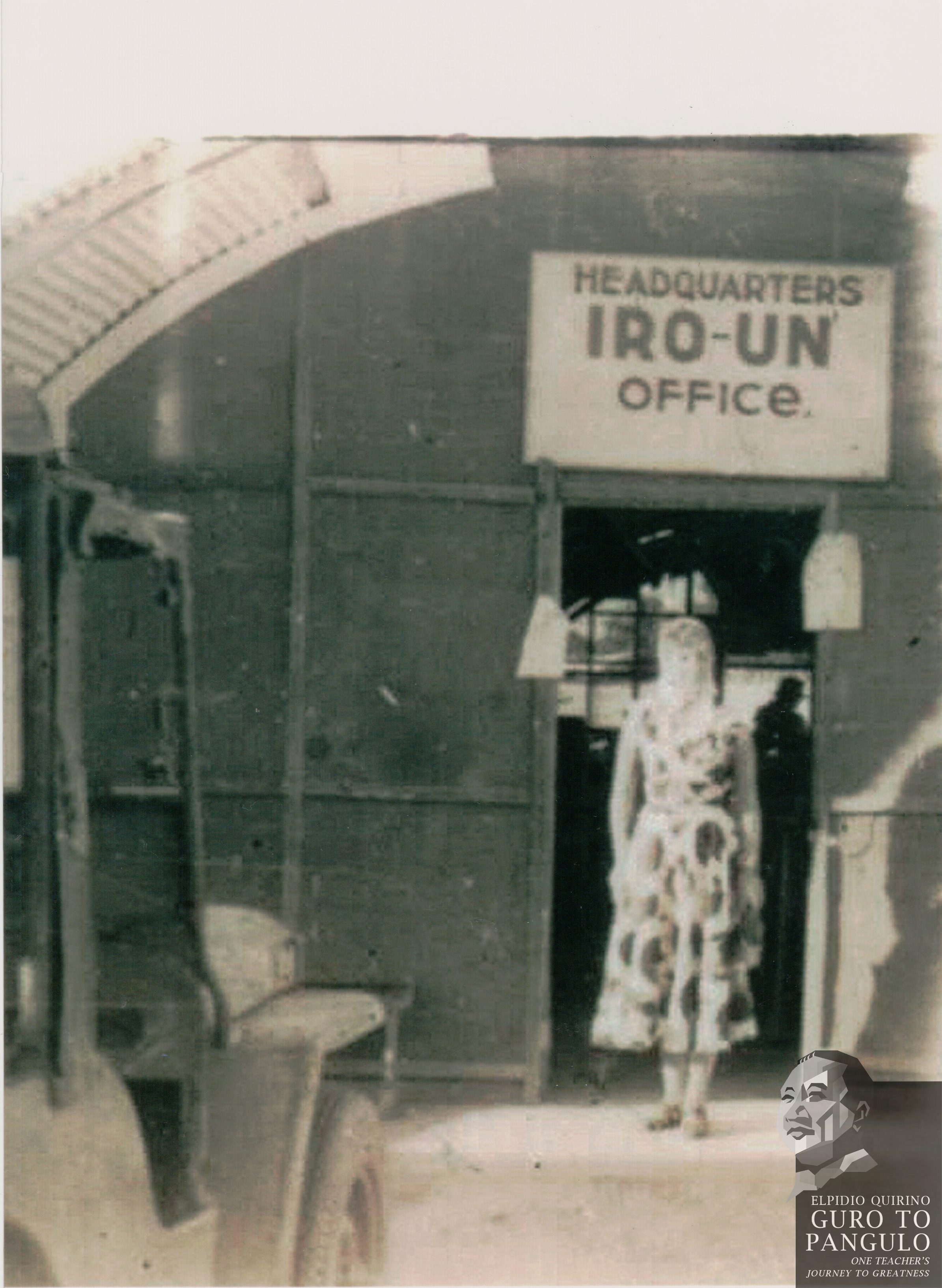
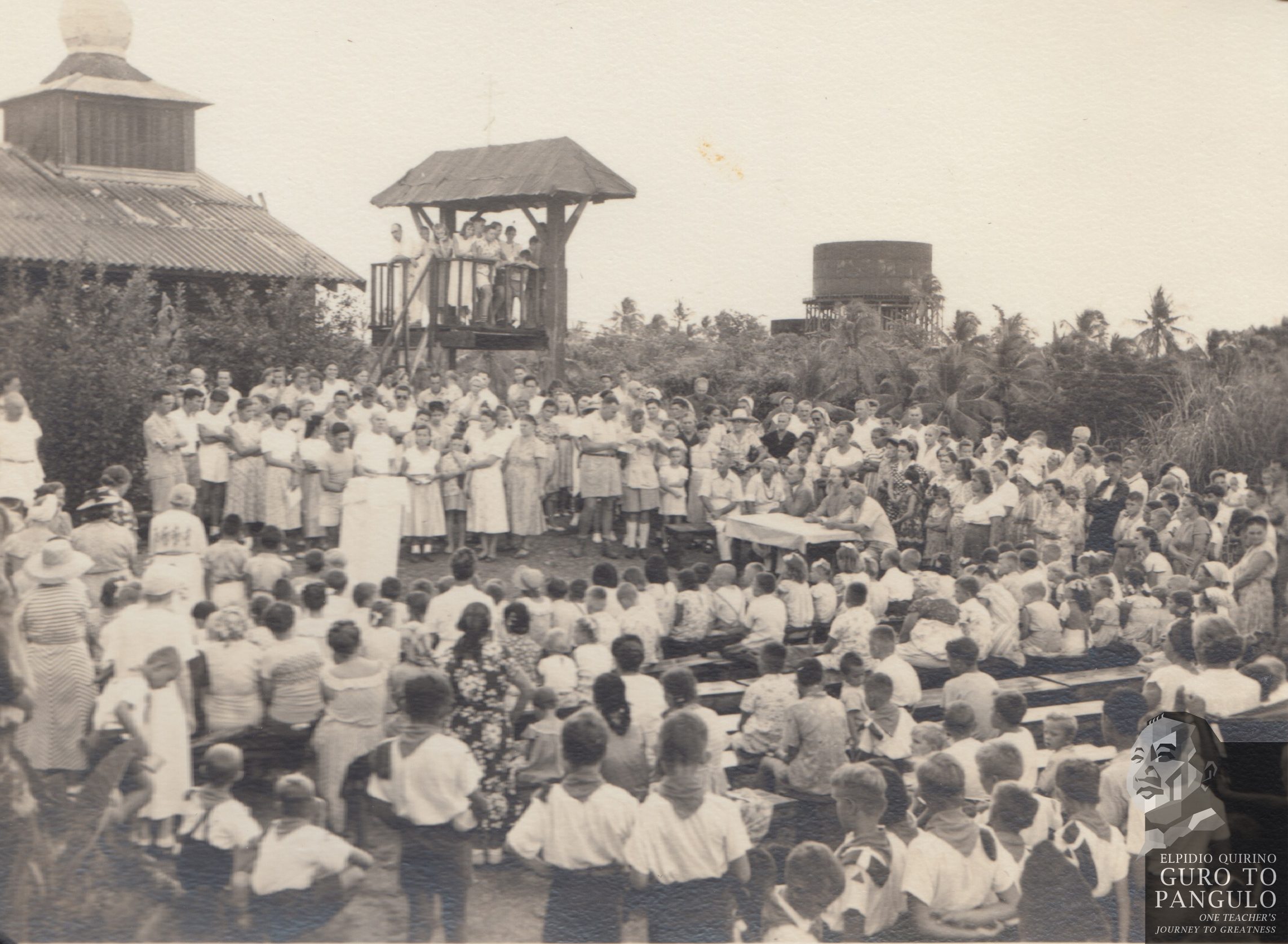
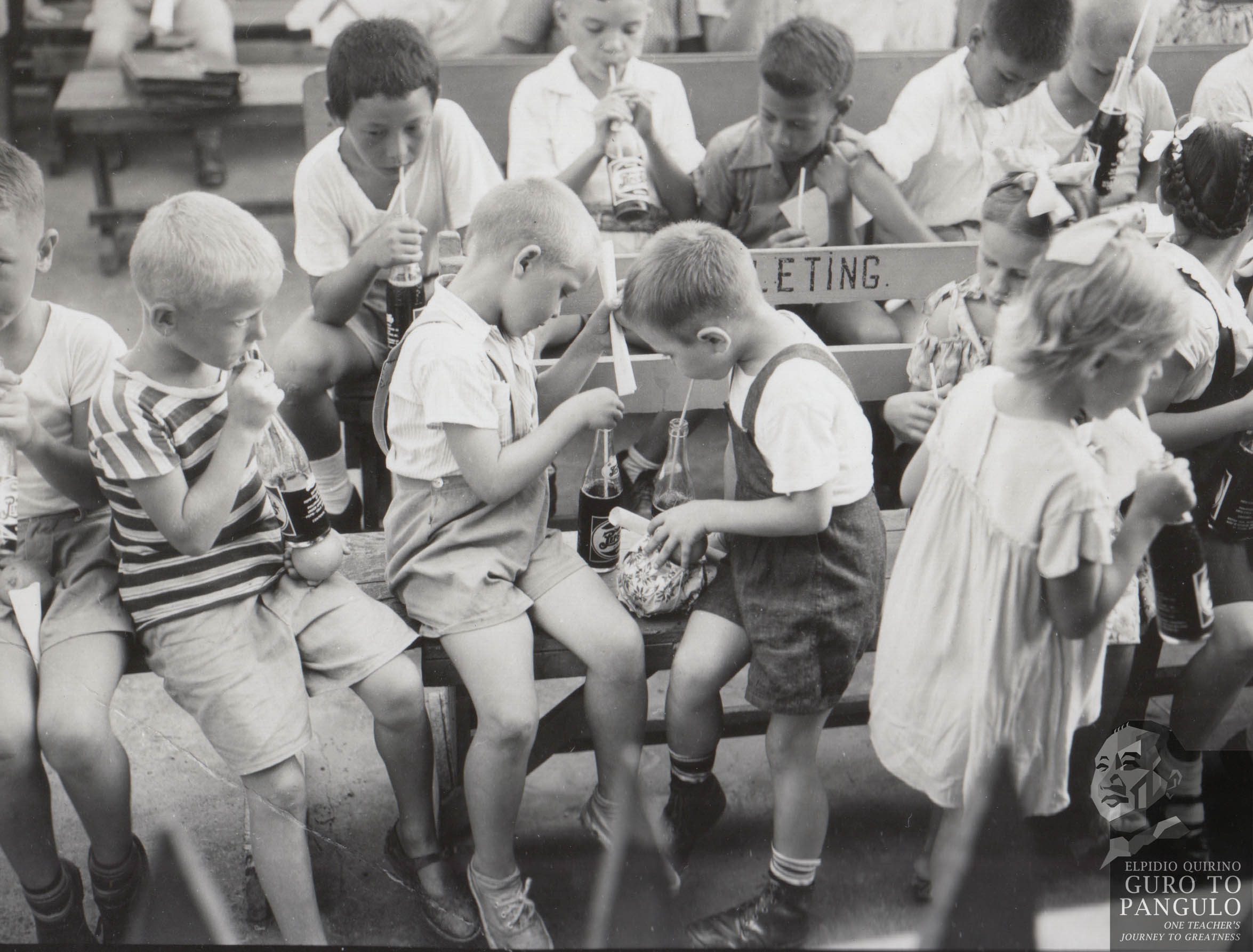
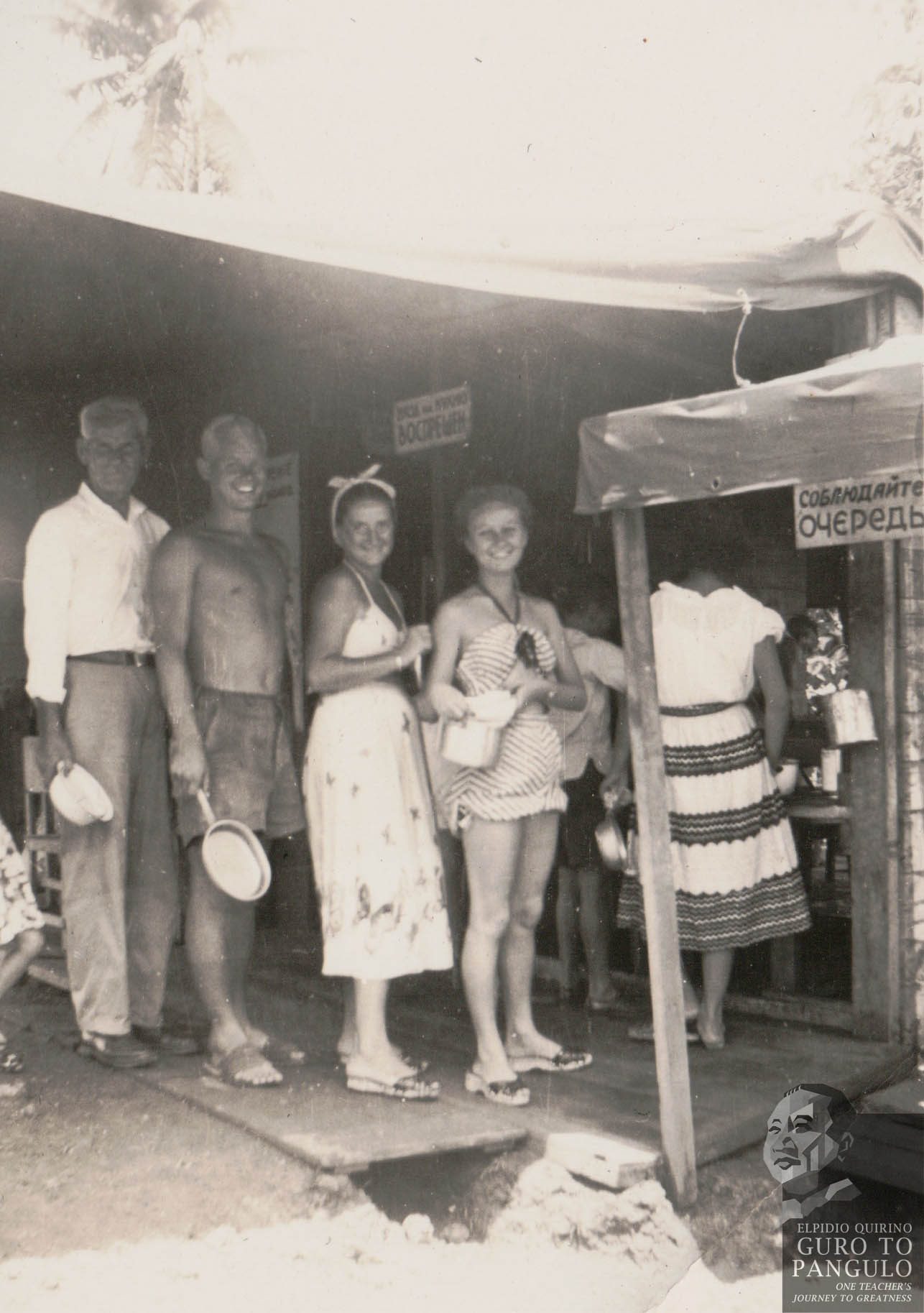
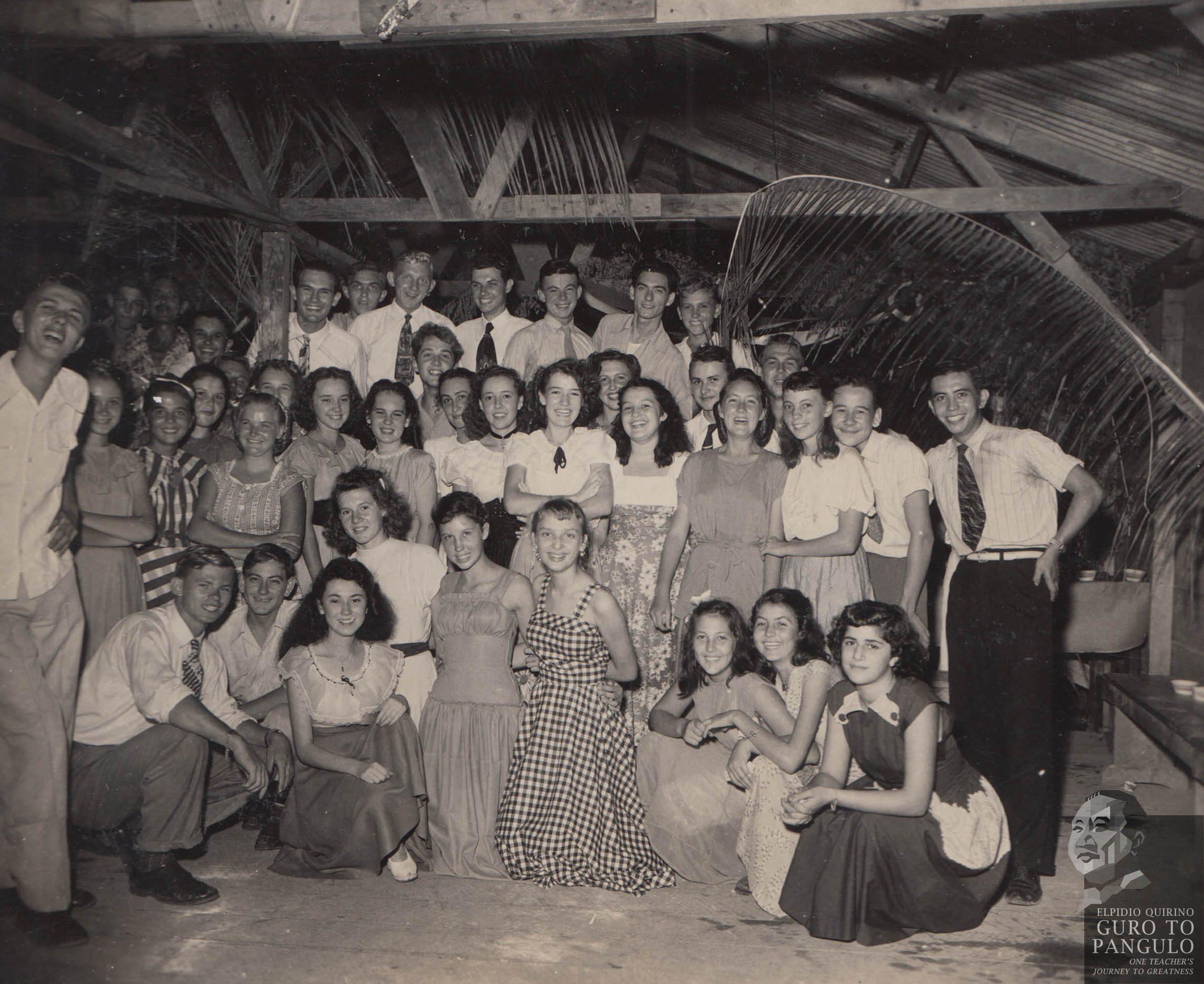
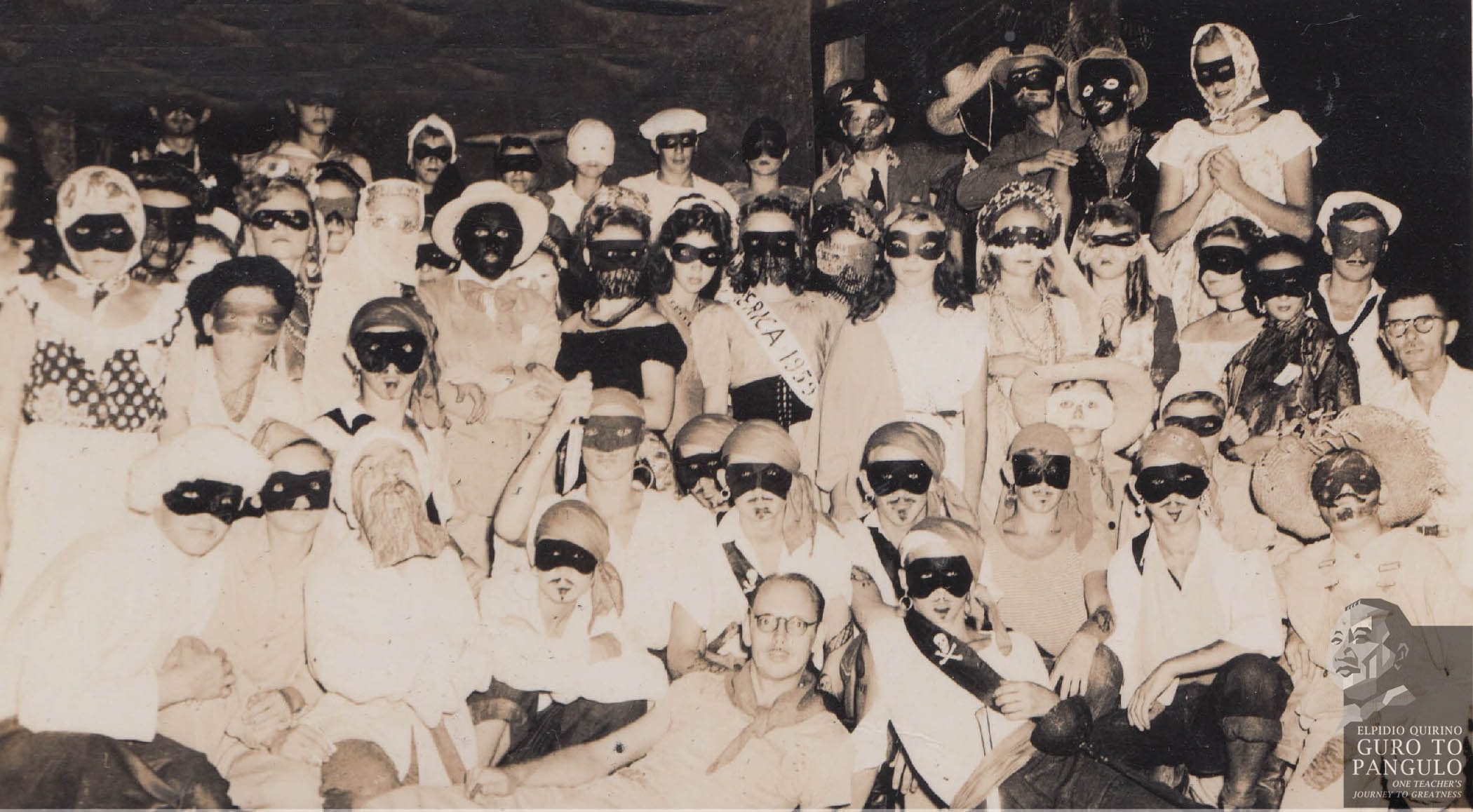
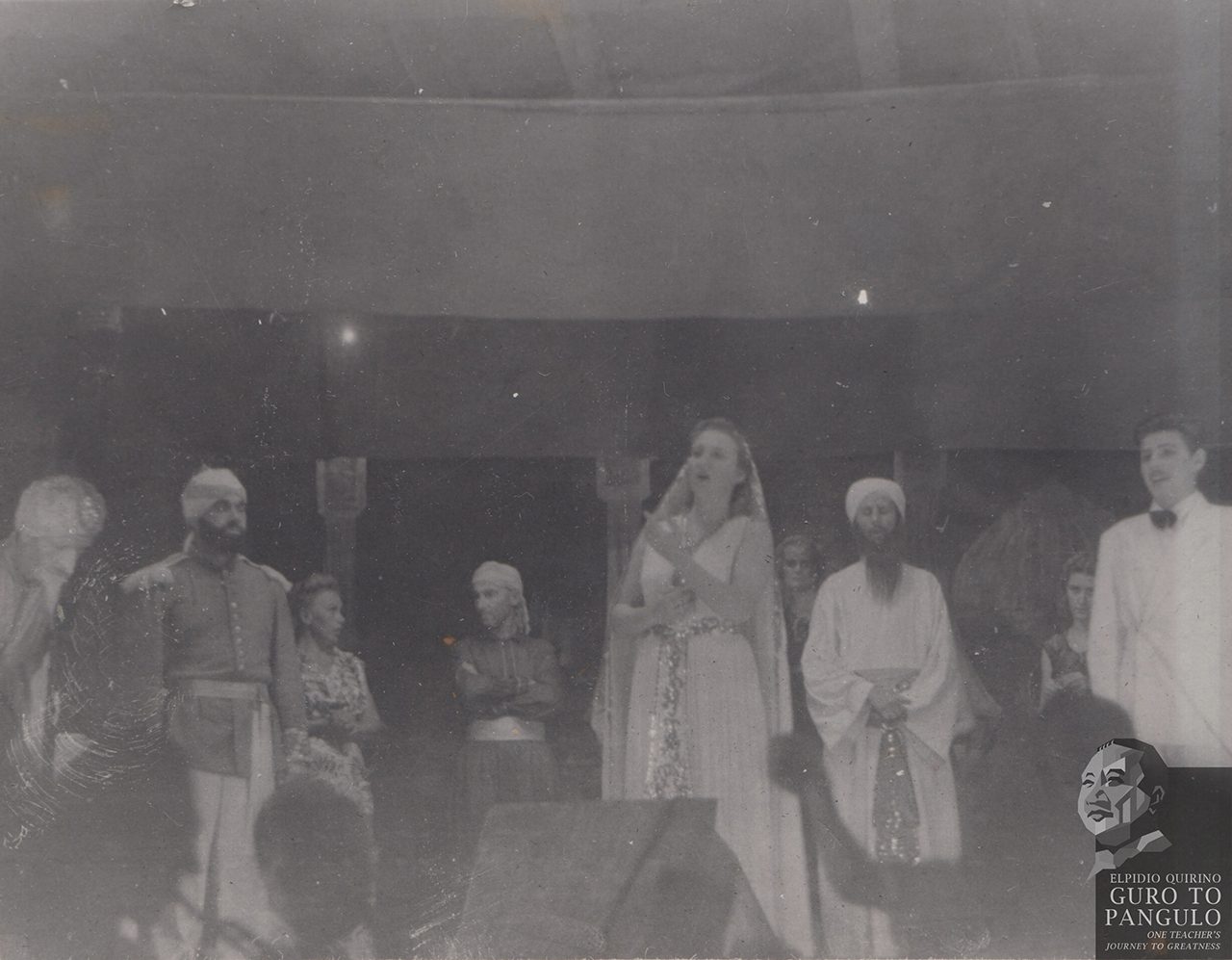
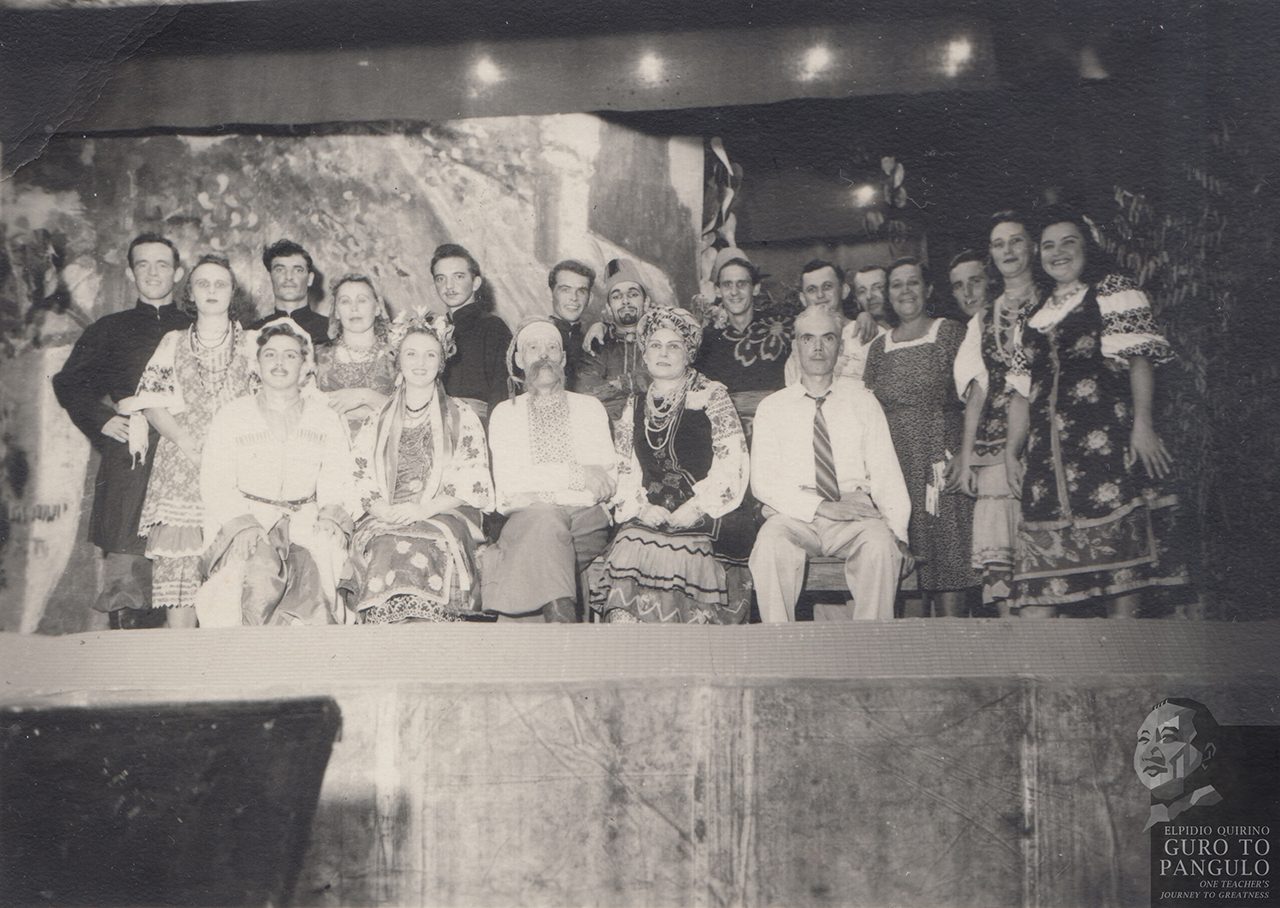
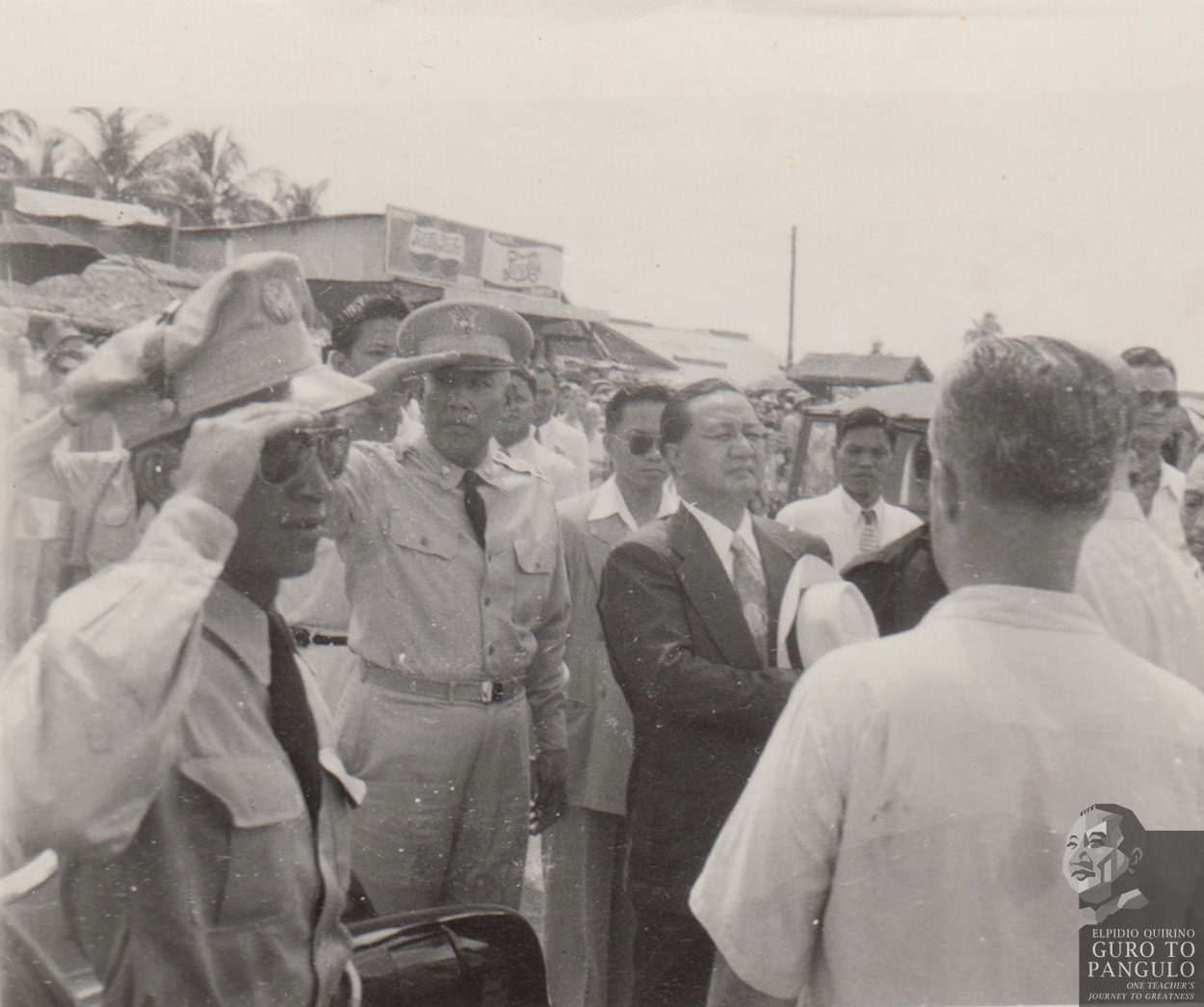
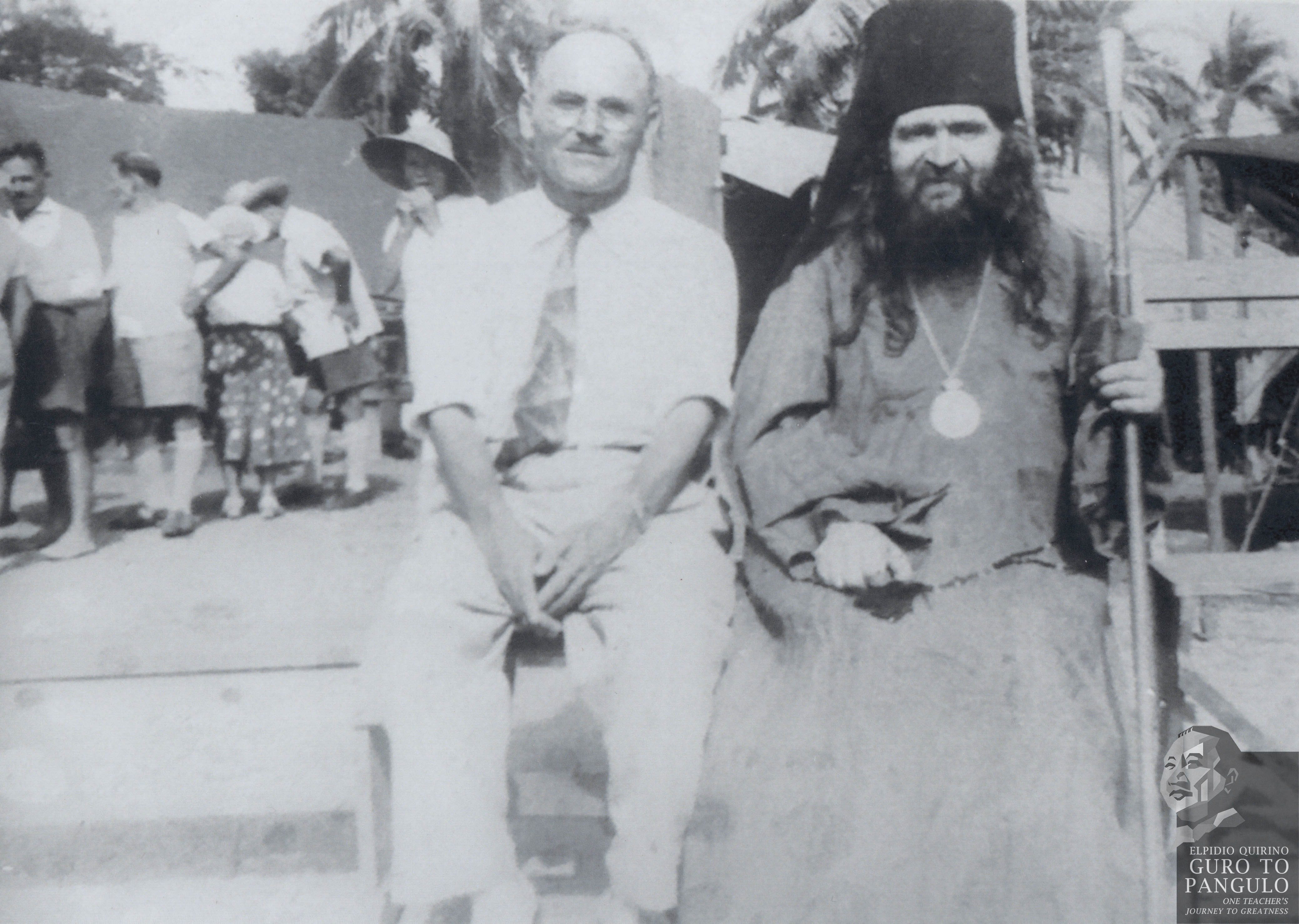

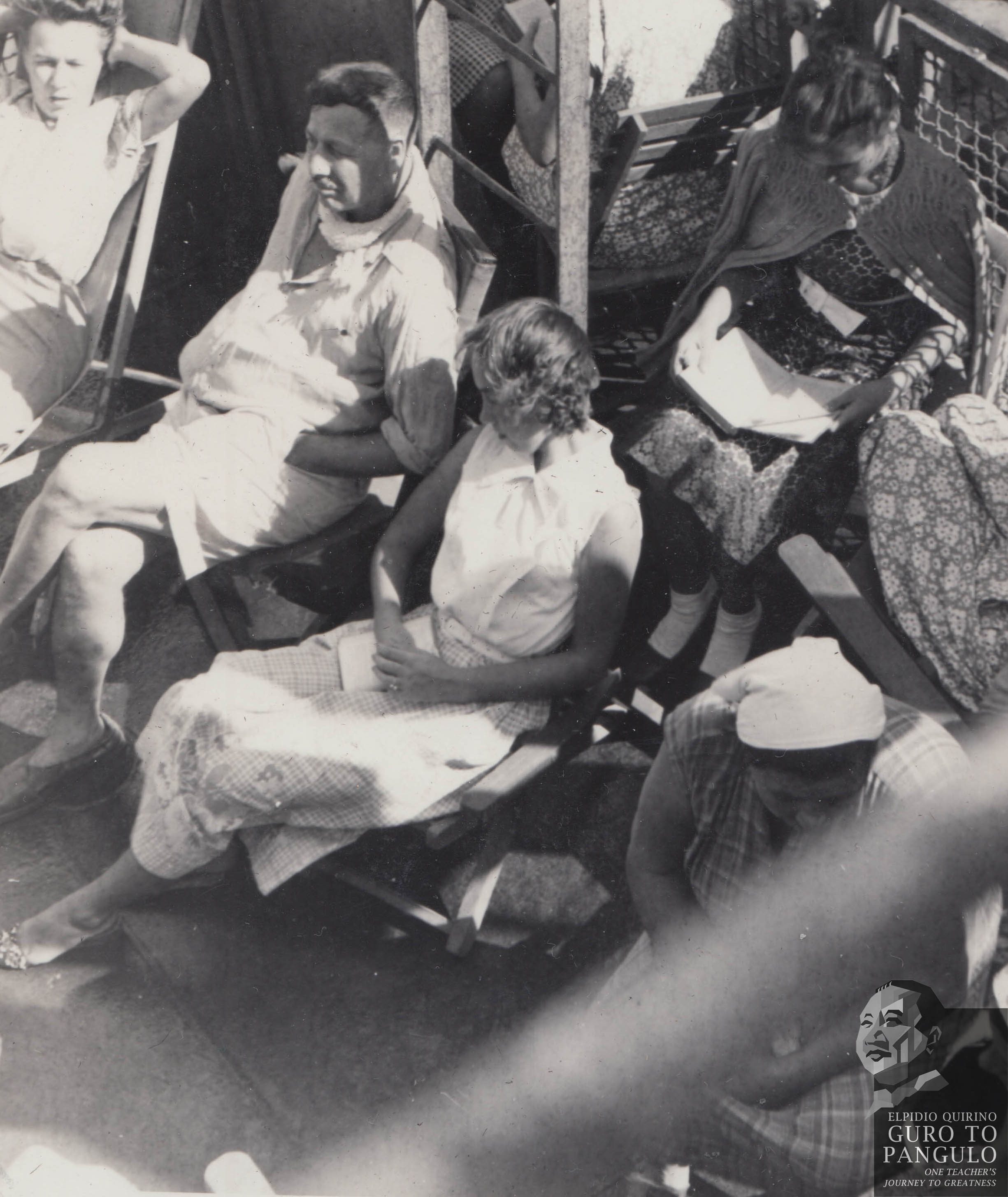
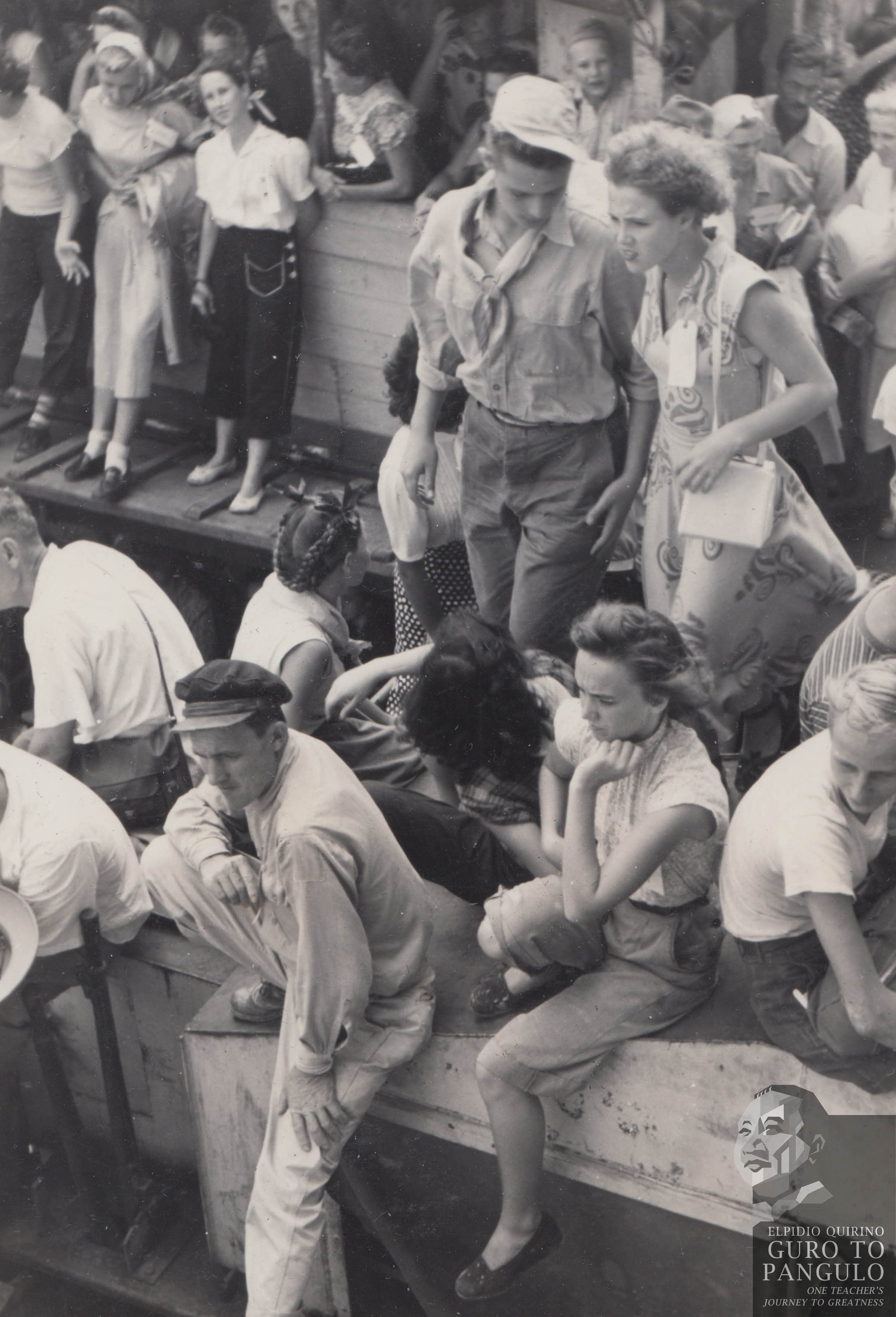
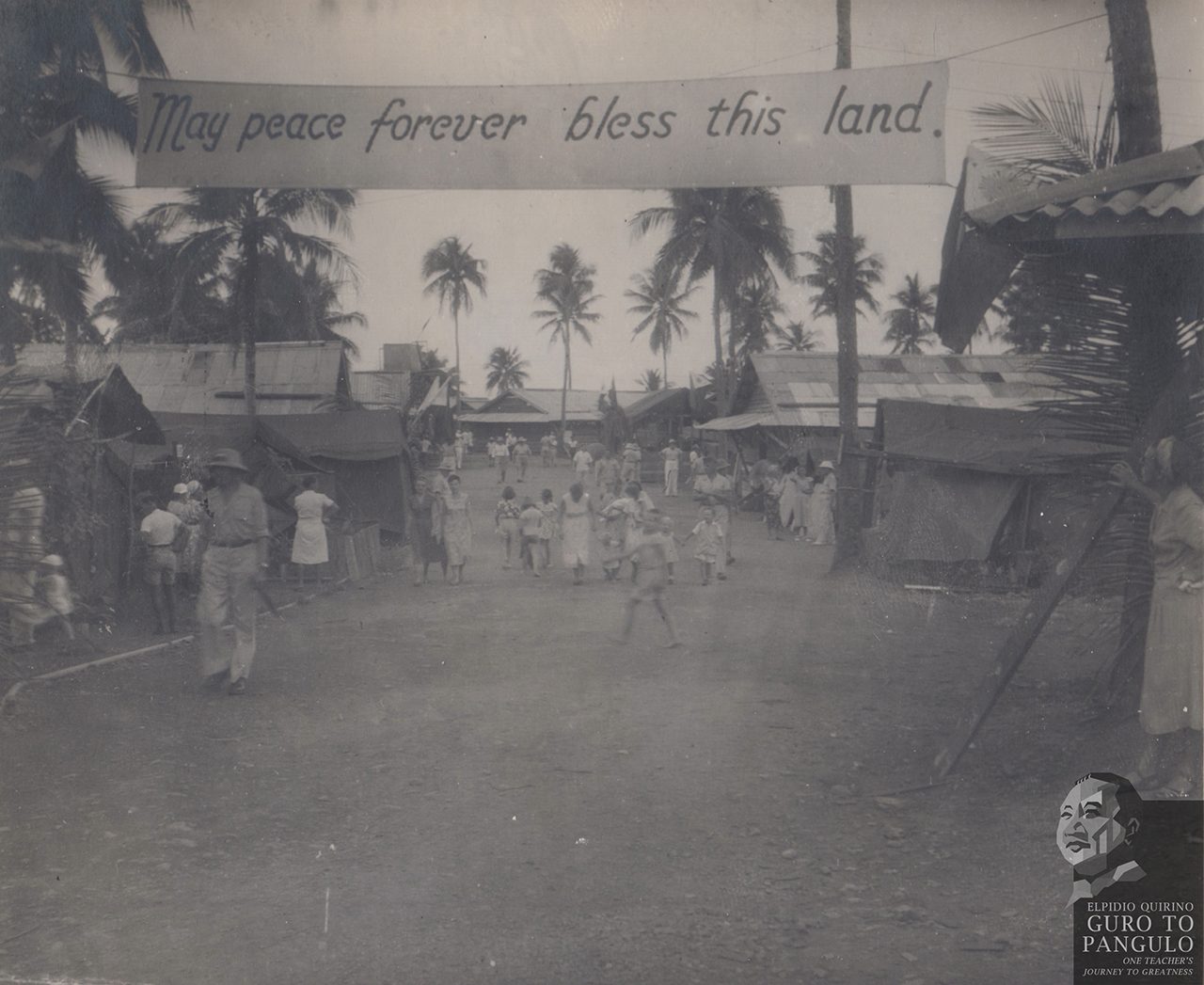
– Rappler.com
Add a comment
How does this make you feel?
There are no comments yet. Add your comment to start the conversation.